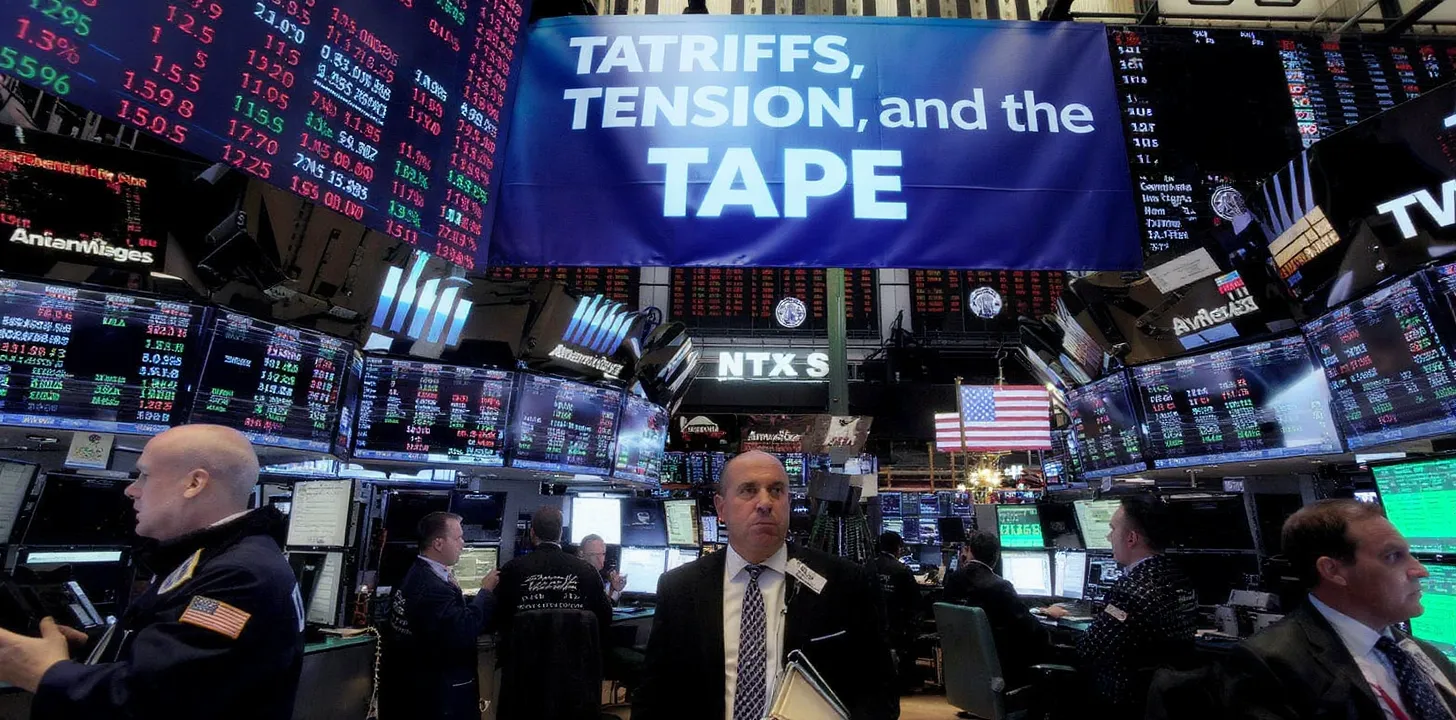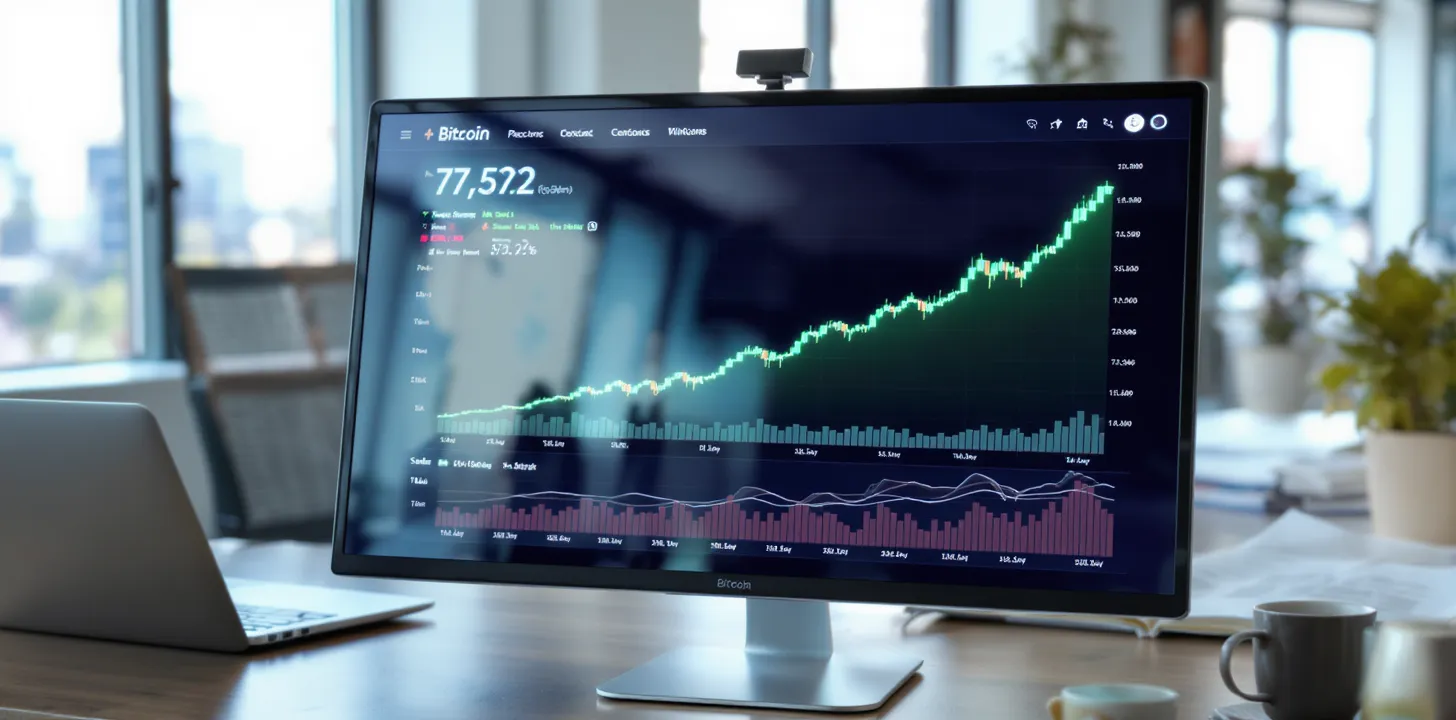The new risk factor: a data blackout, not just a funding gap
The government has indeed shut down, with major agencies furloughing staff and several regulators scaling to skeletal crews. That’s not just a headline—it changes the information set the Federal Reserve will have in hand. The SEC is furloughing most staff, the CFTC is pared to a sliver, and the BLS’s marquee reports (like nonfarm payrolls) are at risk of delay. Markets can trade through a shutdown; they struggle more when the thermometer is turned off. In a world where the Fed targets the economy’s path, impaired data can command a premium in rates and FX as investors substitute noisier private proxies (ADP, S&P Global PMIs) for official prints. Gold punching fresh records and the dollar wobbling reflect precisely that uncertainty premium.
Labor and factories: the message from private proxies
With official jobs data likely delayed, ADP’s September report carries more weight than usual—and it was ugly: private payrolls fell by 32,000 (with August revised down), while ISM manufacturing improved only to 49.1—still contractionary—and price pressures eased at the margin. Pair those with S&P Global’s U.S. manufacturing PMI holding at 52.0 (still expansion but slowing), and you have a “two-handed economist” picture: softening labor demand alongside a factory sector straddling the 50 line. In shutdown conditions, the softer series can anchor narrative more than usual, nudging the Fed toward caution even before it sees comprehensive government data.
Governance versus rating risk: why Fitch was calm, CDS less so
The shutdown is governance risk in neon lights, but it’s not an immediate credit event. Fitch said explicitly the episode has no near-term implications for the AA+/Stable U.S. sovereign rating; still, U.S. CDS edged wider as investors priced higher policy noise. This is the split personality of the moment: ratings models move slowly, market premia move fast. Expect this to keep the term premium jumpy—particularly if fiscal brinkmanship bleeds into the calendar and intersects with tariff-related price dynamics.
Institutional independence steps into the macro frame
Macro now intersects constitutional law. The Supreme Court will hear, in January, the case over the president’s attempt to remove Fed Governor Lisa Cook; for now, the Court has left her in the job. Even if the final ruling preserves central-bank independence, the path there adds uncertainty to rate-setting optics. Markets will express that via a richer risk premium in long-dated rates, a higher “policy-error put,” and ongoing hedging in gold and—yes—crypto. This is a world where who can fire whom matters for what real rates will be.
Outside the U.S.: Europe on “hold,” manufacturing mixed
Eurozone inflation has ticked up just enough to justify the ECB staying on hold, while the bloc’s manufacturing fell back into contraction in September. De Guindos has been explicit that fiscal dynamics—particularly in the U.S.—can bleed into yields. Translation: Europe doesn’t have to move rates to import volatility if U.S. fiscal noise reprices global duration. That leaves EUR rates more tethered to the U.S. long end than the ECB’s short end, and it leaves FX skittish on relative growth trajectories rather than central-bank theatrics alone.
Industrial policy goes equity-like—why that matters for macro
The Department of Energy’s 5% warrant stakes in Lithium Americas and its Thacker Pass JV with GM signal a shift: industrial policy that increasingly resembles balance-sheet co-investment. That approach accelerates strategic supply chains—but it also thickens the state’s footprint across sectors, complicating the signal extraction in productivity and inflation data. For macro, it means more policy beta: specific decisions (tariffs, warrants, approvals) move relative prices and cross-asset correlations more than the old “set it and forget it” era.
What if… this lasts? Three tractable consequences
First, a prolonged shutdown raises the “model error” premium: with data delayed, the Fed leans harder on softer, higher-variance indicators. Expect conditional dovishness, expressed via the belly of the curve and a softer dollar on weak private data—but whiplash if those proxies mislead. Second, Fed-independence litigation keeps a background bid under hedges: even if the Court ultimately reaffirms independence, the journey sustains demand for gold and “institutional hedge” assets. Third, Europe’s “hold” plus U.S. fiscal noise sustains a mild regime of USD underperformance outside stress spikes. The punchline is not apocalypse; it’s a higher dispersion regime where policy noise is itself a macro variable.



